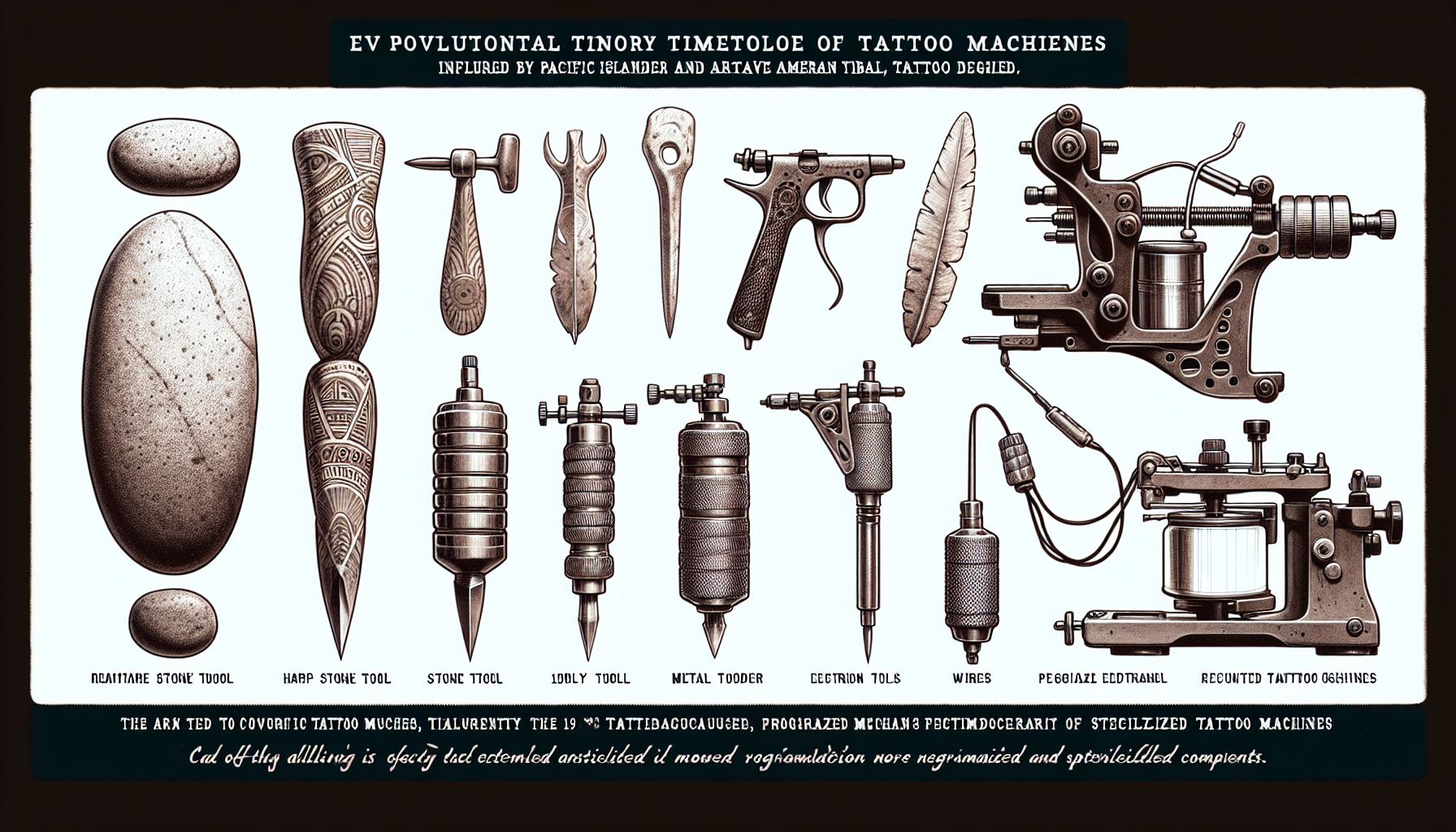When people marvel at a tattoo, they often praise the artist’s skill or the design’s intricacy. Rarely is the hero of this visual ensemble—the ink itself—celebrated with the same fervor. Yet, it’s this very essence that breathes life into every tattoo, transforming a mere concept into a vibrant, enduring piece of art. Having ridden the wave of change in the tattoo industry for years, I’ve witnessed firsthand how the quality and variety of tattoo supplies, especially inks, have evolved to meet the growing demands of artists and their diverse clientele.
The Lifeblood of Tattoos: Understanding Ink Quality and Variety
Ink is the lifeblood of every tattoo artist’s toolkit. It’s the primary medium for artistic expression, responsible for every shade and hue that adorns the skin. When it comes to selecting inks, artists face a selection that’s as vast as it is varied. From the traditional blacks and bold primaries to an ever-expanding array of pastels, neons, and custom blends, the market today caters to every conceivable preference and style.
However, it’s not just the color spectrum that’s grown. The quality and safety of tattoo inks have improved considerably over the years. We’ve seen a significant shift toward products that are vegan-friendly and free from harmful substances like heavy metals, which were once common contaminants. The serious suppliers and manufacturers now prioritize sterile processes, and some reputable brands even provide Material Safety Data Sheets (MSDS) to reassure artists and clients alike of their inks’ safety profiles.
Personal Anecdotes: Inks I’ve Known and Loved
I recall a time when options were scant, and resourcefulness was key. We mixed our own shades, experimented with base pigments, and sometimes, we learned the hard way about what worked and what didn’t. It was a time of trial and error, and while it birthed a host of creative solutions, it was not without its risks.
Contrast that with today’s market, where artists can pick up a bottle and trust that the manufacturer has done the legwork in ensuring consistency and safety. I remember transitioning to some of the now-iconic brands and feeling as though a weight had been lifted. The inks were more vibrant, longer-lasting, and, importantly, safer for my clients. Using these improved products didn’t just change the way my tattoos looked; it changed how I felt about the art I was creating—more confident, more assured.
The Equipment That Goes Hand in Hand
Of course, a discussion on tattoo inks would be incomplete without touching on the equipment used to deliver them into the skin. The evolution of tattoo machines from their coil-based forefathers to the sleek rotary and pneumatic machines of the modern era has had a profound impact on how artists use ink.
I’ve worked with machines that felt like holding a small jackhammer to ones so light and quiet they seem like a seamless extension of the hand. This evolution has given artists unprecedented control over their work, allowing for greater precision and less skin trauma, which in turn lets the inks settle more beautifully and visibly into the skin.
Navigating the Market: Tips for Choosing the Right Inks
For those newly venturing into the world of tattoos or those setting up their studios, selecting the right inks isn’t just about picking colors. It’s about understanding the manufacturer’s reputation, knowing about the ink’s origins, and being familiar with its performance over time.
Here are a few tips that I’ve learned over the years:
- Research Brands Thoroughly: Before buying, look into a brand’s history, their stance on safety, and reviews from other professionals.
- Sample Sizes Are Your Friend: Experiment with smaller bottles to understand how an ink heals, how it resists fading, and how it integrates with your particular style before committing to a larger quantity.
- Consult the Community: Tattoo artists are often keen to share their experiences. If you’re considering a new ink, ask around and get some grassroots feedback.
The Bright Future of Tattoo Inks
I look forward to seeing how tattoo inks further evolve. New technologies and a better understanding of skin biology promise to bring us inks that are not only safer but also more dynamic in appearance. We might see more photo-reactive inks, longer-lasting brights, and perhaps further developments in removable or even health-monitoring tattoos.
As I package bottles of inks for other artists across the globe, I can’t help but feel a twinge of excitement for the art they’ll help create. We’re in a golden age for tattoo supplies, and the inks we use today are more than just pigments; they’re the palette from which legacies are drawn.
In Conclusion: Choosing Wisely for Art’s Sake
The choice of tattoo supplies, especially inks, plays a critical role in the outcomes of our art. Quality and safety should always be at the forefront of the tattoo supply industry, catering as much to the artists’ need for precision and durability as to the clients’ need for safety and longevity.
So whether you’re an established artist or a fledgling one, take the time to choose wisely. After all, the inks you select are not just painting today’s skin—they’re leaving an indelible mark on the canvas of time, a legacy of color that speaks to both your skill and your respect for the craft.



